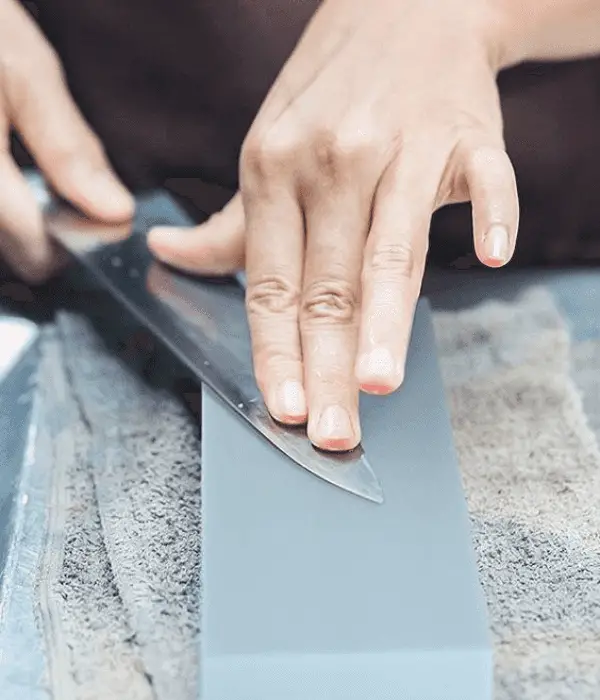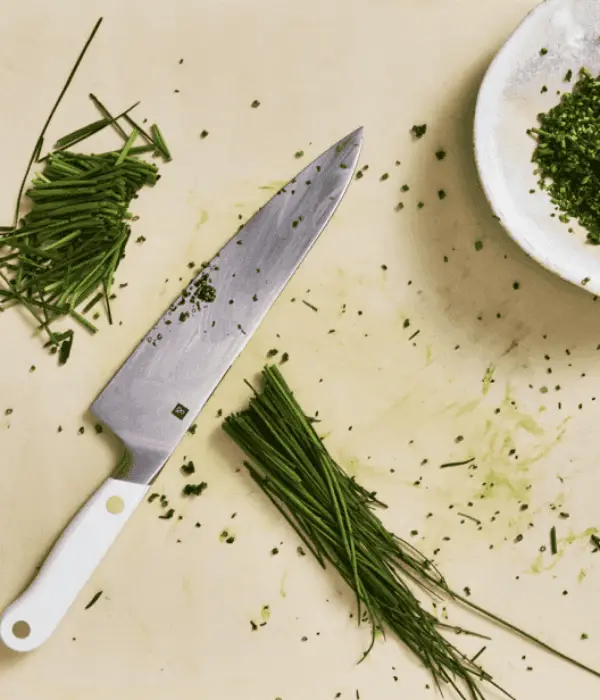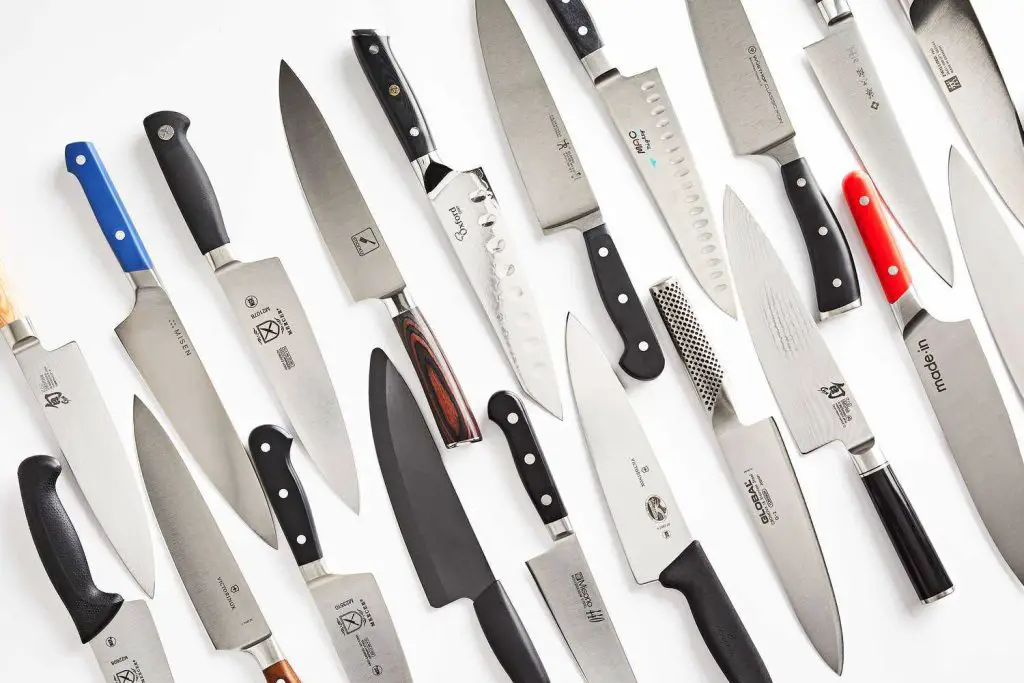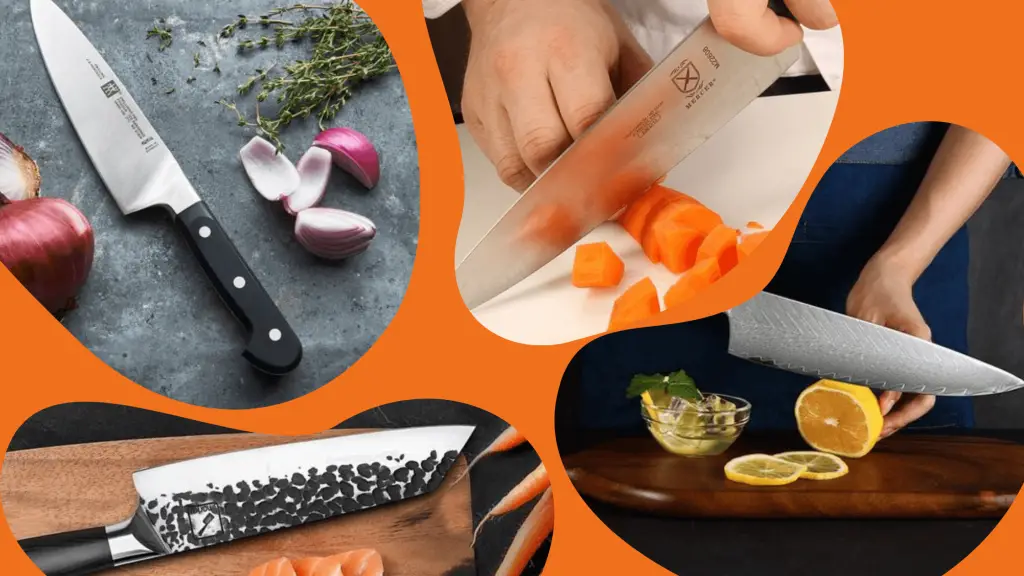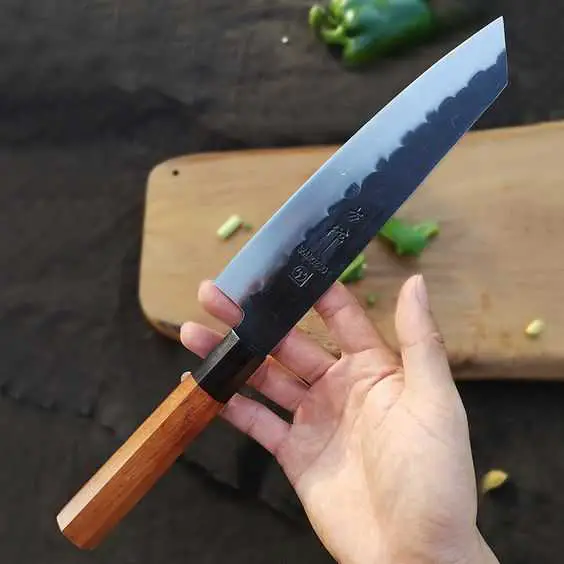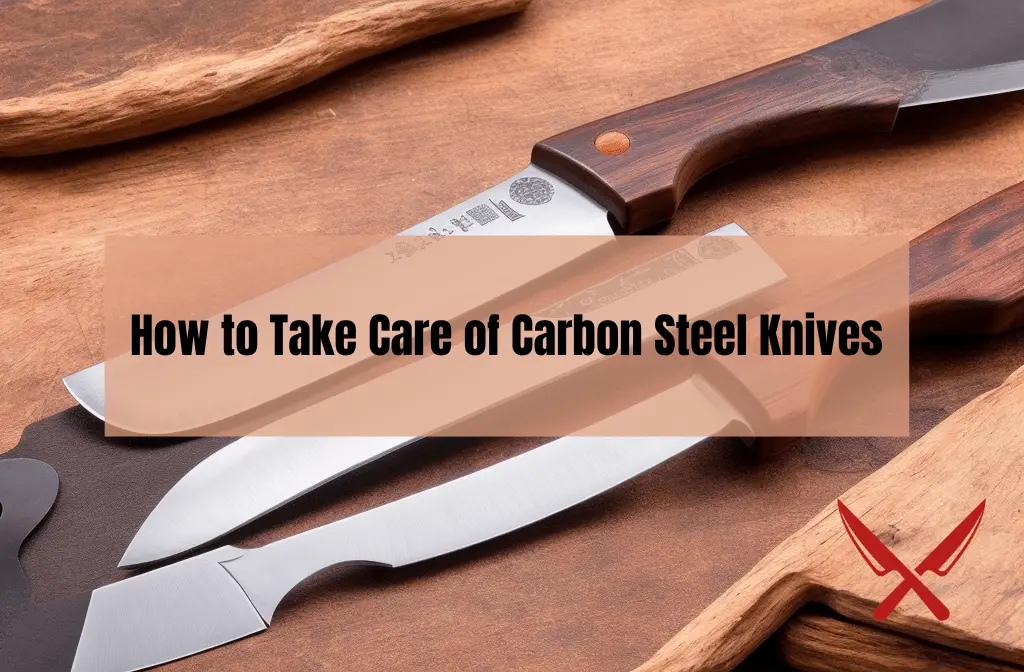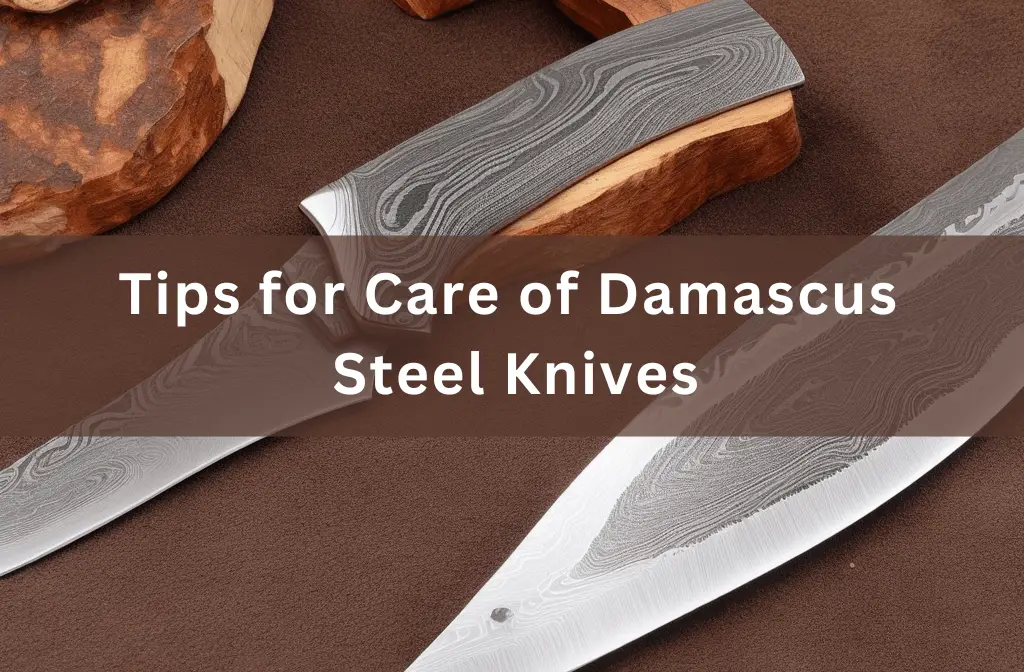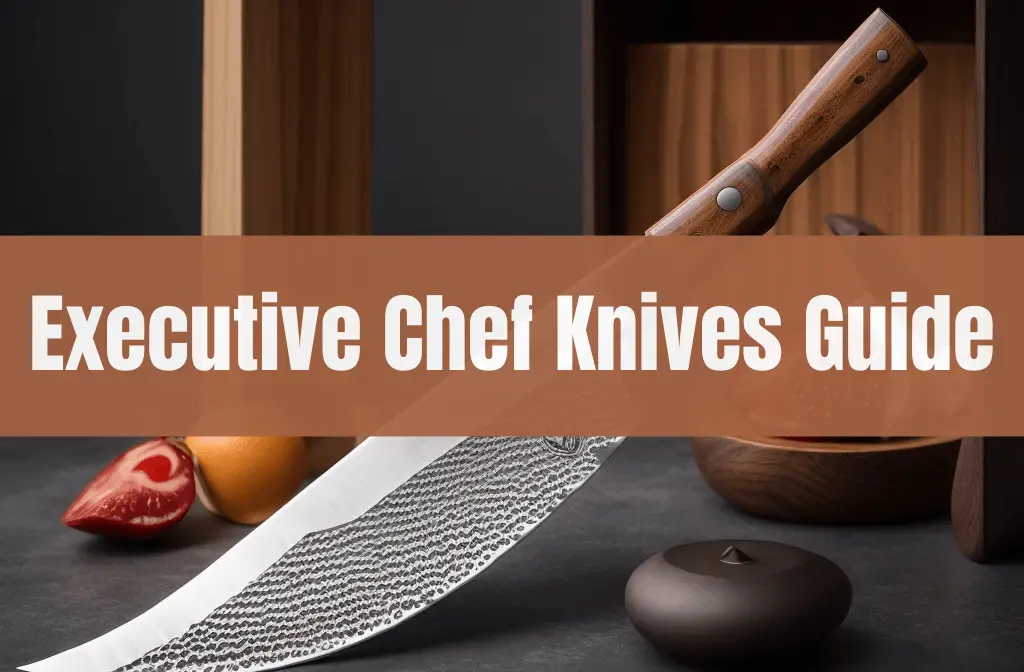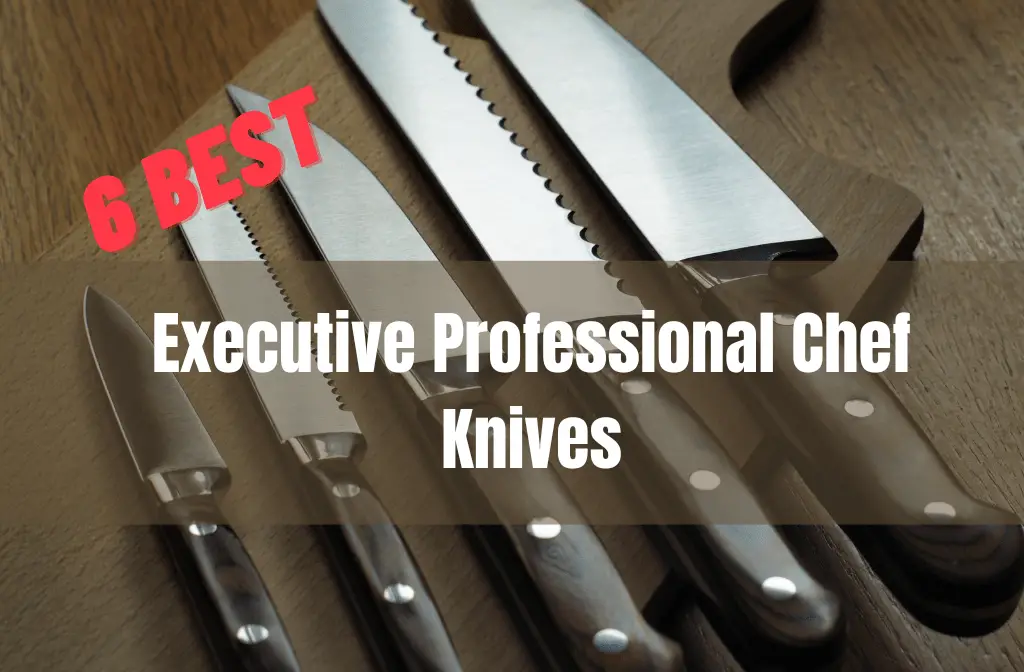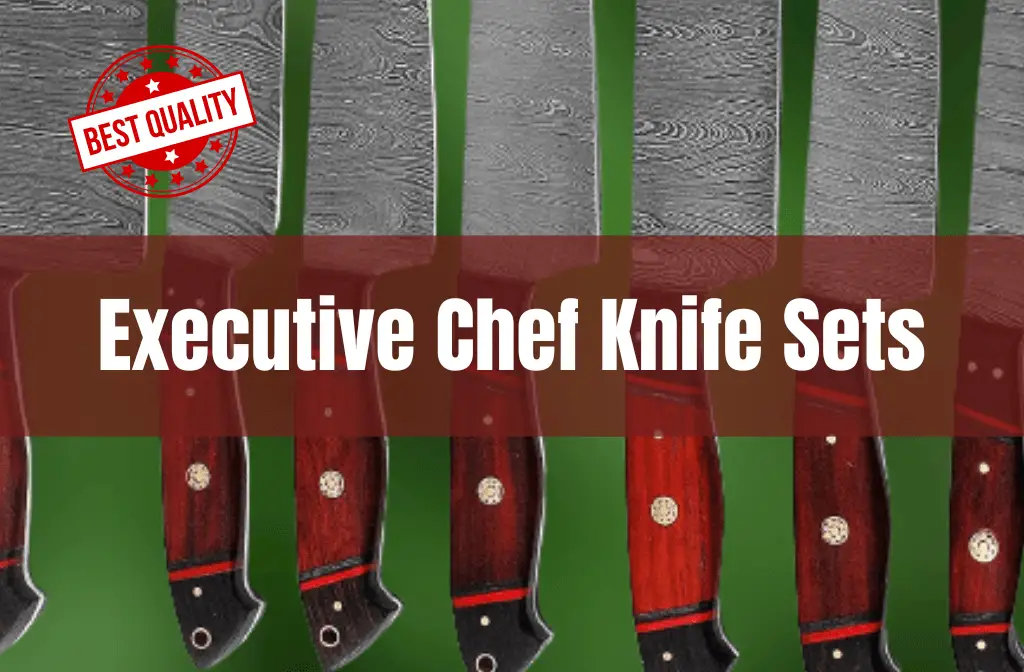In the realm of culinary prowess, maintaining your executive chef knife is paramount. Your trusty companion, slicing through ingredients with precision and finesse, must remain your culinary confidant. To ensure this, you must understand the art of maintaining your executive chef knife. In this comprehensive guide, we’ll delve into the nuances of proper knife care, from cleaning to storage, all designed to prolong the life of your kitchen’s most cherished tool.
Why Maintaining Your Executive Chef Knife Matters
Properly maintaining your executive chef knife is more than just a routine—it’s a strategic decision that profoundly impacts your kitchen efficiency and personal safety. Picture yourself at the countertop, confidently wielding your executive chef knife. Every slice you make is an investment in culinary quality. Neglecting its maintenance, on the other hand, can result not only in dullness but also in reduced performance and even unfortunate kitchen accidents.
Essential Tools for Knife Maintenance
Delving into the world of knife maintenance introduces you to an array of essential tools. These tools are your allies in ensuring that your blade retains its optimal performance. Among these, sharpening stones, honing rods, and honing guides take center stage. Investing in high-quality maintenance tools is akin to investing in the future of your culinary prowess.
Step-by-Step Guide to Maintaining Your Knife
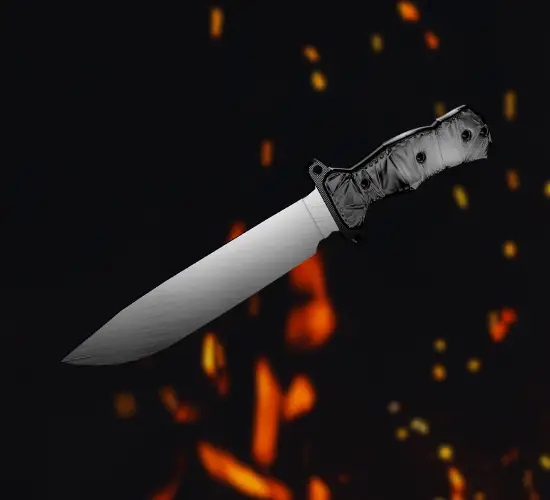
Step 1: Cleaning: The journey of maintaining your executive chef knife starts with cleanliness. After each culinary adventure, prioritize the hand-washing of your knife. Employing mild detergent and warm water is essential in preventing corrosion. Avoid the use of abrasive sponges or harsh chemicals, as these can mar your blade’s exquisite finish.
Step 2: Drying: Post-cleaning, the drying ritual takes center stage. A clean cloth becomes your partner in ensuring that no moisture remains on the blade. Preventing moisture is crucial, as it’s a common precursor to rust and undesirable discoloration. Ensuring your blade is thoroughly dry before it finds its place in the knife block safeguards its integrity.
Step 3: Honing: Honing is akin to a musical tune-up for your blade. It’s the process that maintains your blade’s edge alignment, ensuring it’s ever-ready for action. This shouldn’t be confused with sharpening—honing is more of a subtle adjustment. Your honing rod serves as your guide in this delicate maintenance dance, helping you maintain that precise edge alignment.
Step 4: Sharpening: Sharpness is the heartbeat of your executive chef knife. Sharpening isn’t just a task; it’s an art form. It involves using a sharpening stone to finesse your blade’s edge. The key is to maintain the original angle of the blade while sharpening, preserving its optimal cutting prowess. While you can master this technique, periodic professional sharpening can take your blade’s performance to new heights.
Storage Tips for Knife Longevity
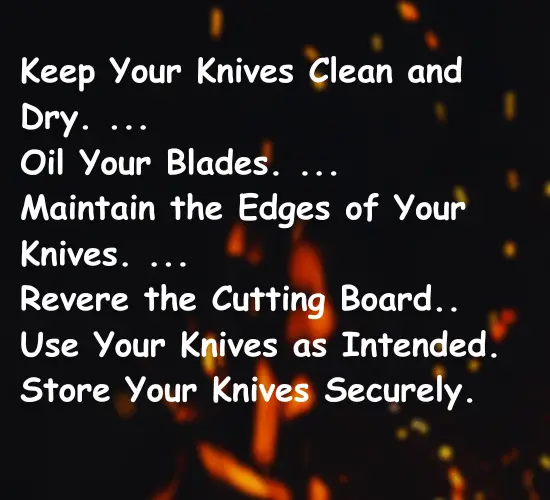
Your knife deserves a haven, a sanctuary where it’s protected from the hazards of contact with other utensils. Whether it’s a knife block, magnetic strip, or blade guards, the key is to prevent those jarring collisions. Drawers, despite their allure, can be harsh on your blade, leading to dulling and potential accidents.
Additional Care Tips
Your blade is a work of art, and as such, it deserves gentle handling. Spare it the trauma of hard surfaces like glass or granite. Instead, opt for cutting boards that resonate with its nature. Wood or soft plastic boards become the canvas for your culinary masterpiece, preventing premature dulling.
Maintenance Schedule
Just as a symphony requires rhythm, so does your knife’s maintenance. Your knife’s usage frequency becomes the heartbeat of your maintenance schedule. Before every culinary endeavor, allocate a moment for the basics—quick cleaning and a honing session. This simple routine keeps your blade’s performance in harmonious sync.
Troubleshooting Common Issues
In the voyage of knife ownership, challenges arise. Chips, nicks, and dullness may rear their heads. When they do, don’t fret. Address these issues with a discerning eye. If the challenges seem insurmountable, consider seeking professional aid for repair or replacement.
Conclusion:
The legacy of your executive chef knife isn’t solely in its craftsmanship; it’s also in the care it receives. By mastering the art of maintenance, you’re nurturing a lasting culinary partnership. Remember the mantra: clean, dry, hone, sharpen. With these steps etched into your kitchen routine, your executive chef knife stands as a testament to your culinary prowess. Ready to embrace every culinary challenge, it becomes your ultimate kitchen accomplice. So, armed with the knowledge of knife care, embark on this culinary adventure, and let your skills shine with finesse and flavor.”
FAQs:
Q: Can I put my executive chef knife in the dishwasher?
A: It’s highly recommended to hand-wash your knife to prevent damage from harsh dishwasher conditions.
Q: How often should I hone my knife?
A: Honing can be done before each use to maintain edge alignment.
Q: Should I oil my knife to prevent rust?
A: While some knives benefit from occasional oiling, it’s best to follow the manufacturer’s recommendations to avoid any adverse effects.
Q: Can I use a glass cutting board with my knife?
A: It’s advised to avoid glass cutting boards as they can dull the blade. Opt for softer materials like wood or plastic.
Q: Is professional sharpening necessary?
A: Periodic professional sharpening can enhance your blade’s performance, but regular maintenance can significantly extend its lifespan.

